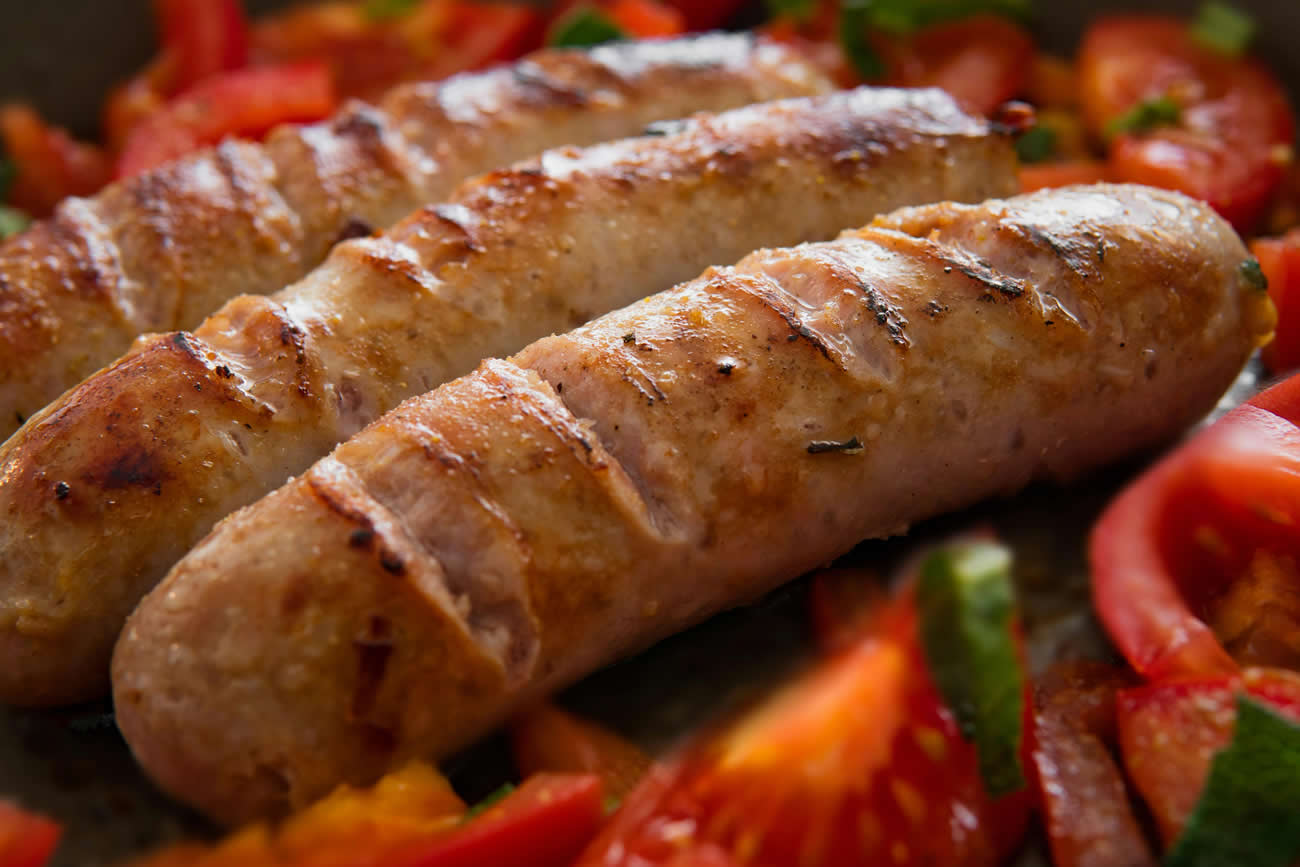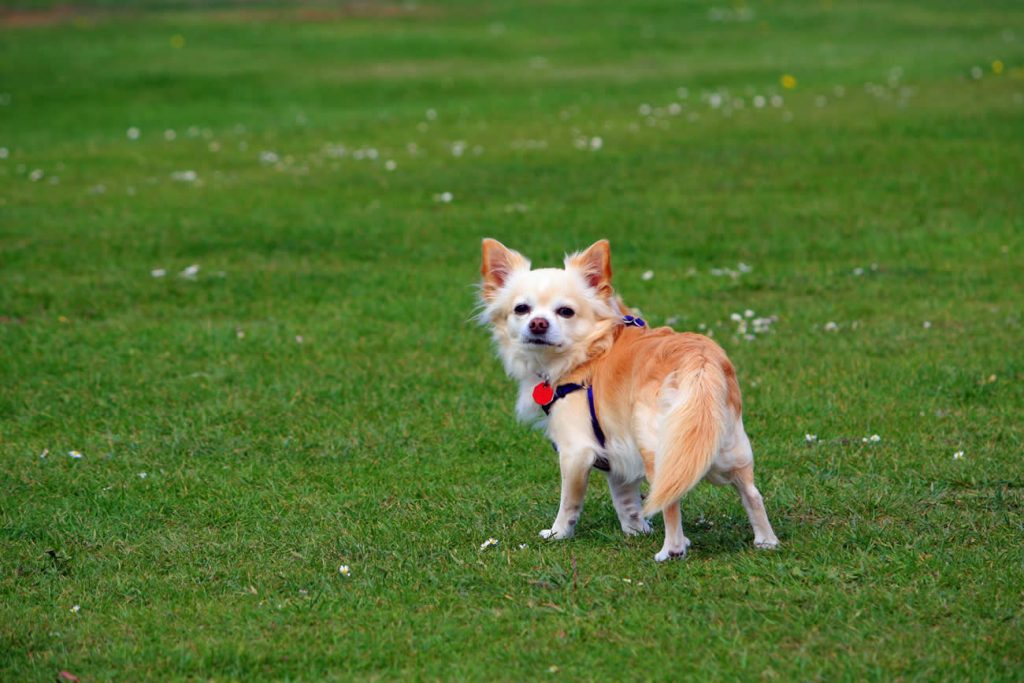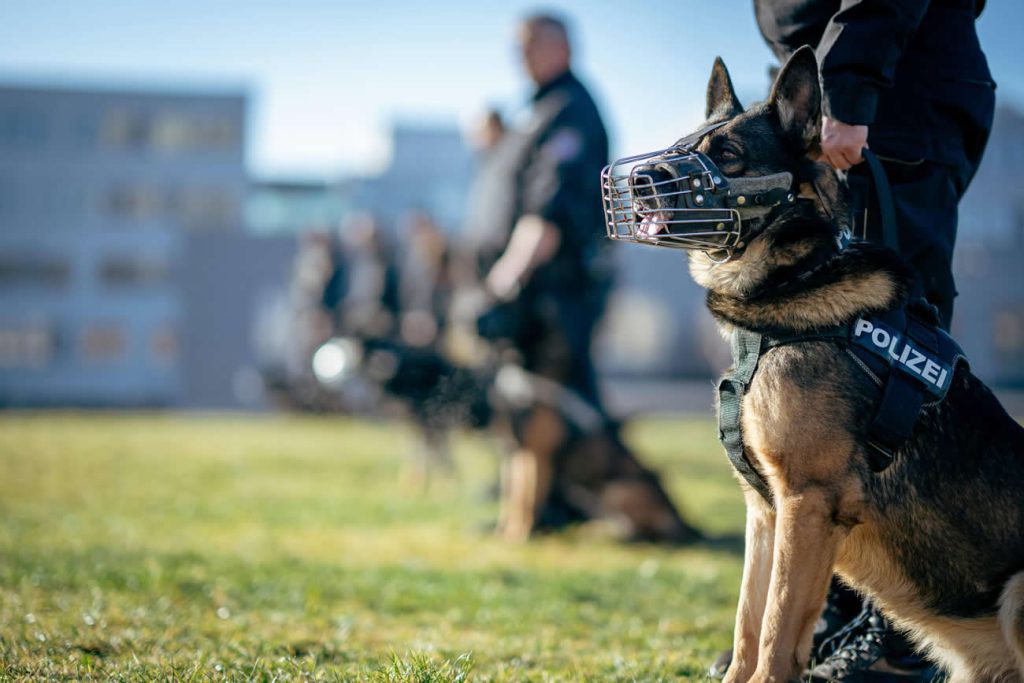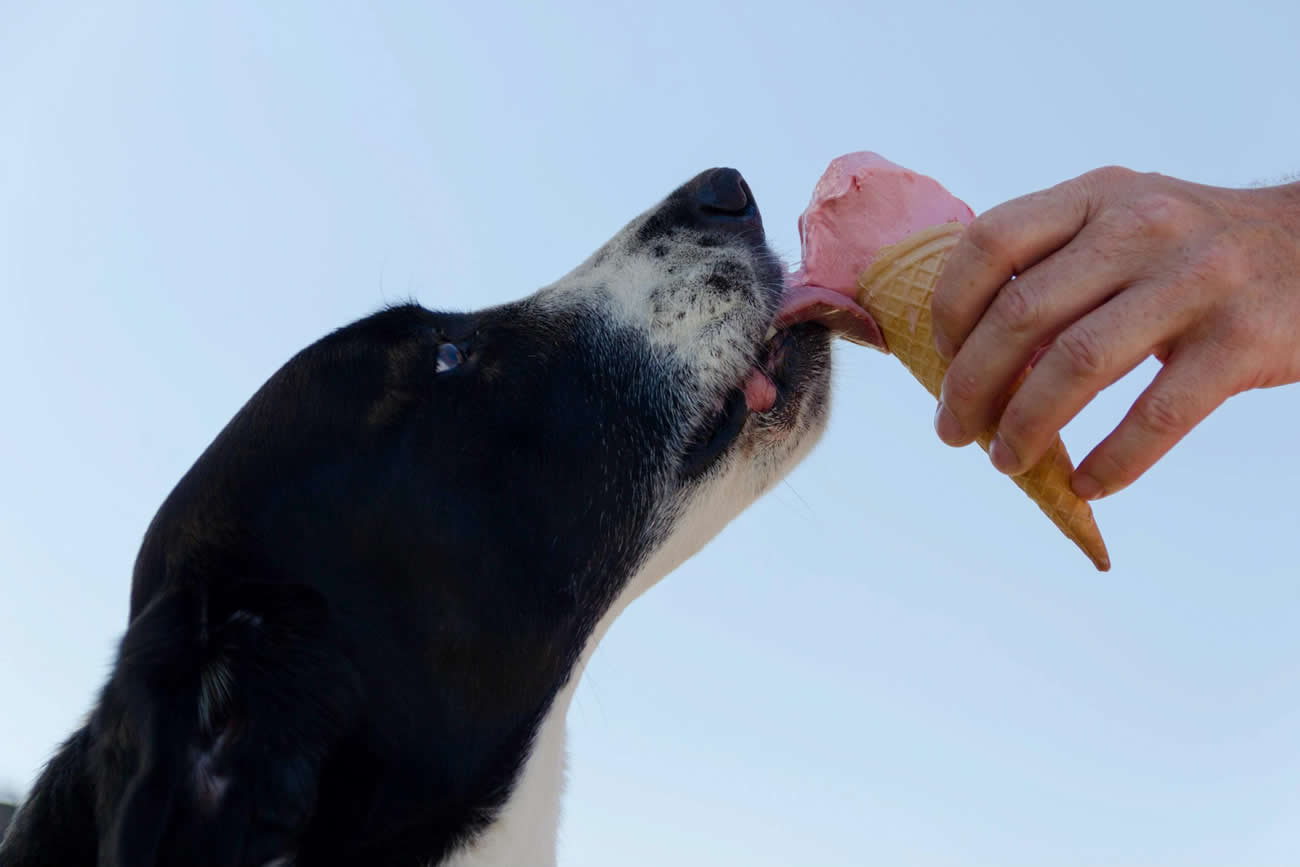When it comes to our furry companions, their diet is a topic that often sparks curiosity and concern among dog owners.
One question that frequently arises is whether dogs can safely consume pork. While many pet parents might assume that pork is just another meat option akin to chicken or beef, there are several important factors to consider.
This article aims to provide a comprehensive overview of the implications of feeding pork to dogs, including the types of pork that are safe, potential health risks, and alternative protein sources.
Understanding Pork in a Dog’s Diet
Pork, often referred to as “the other white meat,” is a popular protein choice for many humans. However, its suitability for dogs is not as straightforward.
While pork itself is not toxic to dogs, the way it is prepared and the specific cuts involved can significantly impact its safety and health benefits.
Nutritional Value of Pork
Pork can be a source of high-quality protein, essential vitamins, and minerals. It contains amino acids that are vital for muscle development and overall health.
Additionally, certain cuts of pork are rich in omega-3 fatty acids, which can support skin and coat health in dogs.
Types of Pork Suitable for Dogs
When considering pork for your dog, it’s crucial to focus on the type of pork being offered. Lean cuts, such as pork loin, are generally more acceptable than fatty options.
It’s also essential to ensure that the pork is cooked thoroughly and free from any seasonings or additives that could be harmful.
Is Pork Safe for Dogs?
The safety of pork for dogs largely depends on its preparation and the specific type of pork being consumed. Below are some key considerations to keep in mind.
Cooked vs. Raw Pork
Cooked pork is generally safe for dogs, provided it is served plain and without any harmful seasonings.
On the other hand, raw or undercooked pork poses significant health risks due to the potential presence of parasites, particularly Trichinella spiralis, which can lead to trichinosis in both dogs and humans.
Risks of Raw Pork
- Parasite Exposure: Raw pork can harbour parasites that may cause gastrointestinal distress.
- Bacterial Contamination: Uncooked meat can also be a breeding ground for harmful bacteria, increasing the risk of foodborne illnesses.
Processed Pork Products
While the occasional slice of bacon or bit of ham may seem tempting, processed pork products are not recommended for dogs.
These items often contain high levels of salt, fat, and additives that can lead to serious health issues.
Concerns with Processed Pork
- High Fat Content: Fatty meats can cause pancreatitis, a painful and potentially life-threatening condition.
- Excessive Sodium: High salt levels can lead to dehydration and other health complications.
How to Safely Prepare Pork for Dogs
If you decide to incorporate pork into your dog’s diet, preparation is key. Here are some guidelines to ensure that the pork you serve is safe and healthy.
Choosing the Right Cut
Opt for lean cuts of pork, such as tenderloin or loin chops. Avoid fatty cuts, as they can be hard for dogs to digest and may lead to health problems.
Cooking Methods
Always cook pork thoroughly to eliminate any harmful parasites or bacteria. Avoid using any seasonings or sauces, as many common ingredients (like garlic and onion) are toxic to dogs.
Portion Control
When introducing pork into your dog’s diet, start with small portions. Monitor your dog for any adverse reactions, such as gastrointestinal upset or allergic responses.
Potential Health Risks of Feeding Pork to Dogs
While pork can be a nutritious addition to a dog’s diet, there are several health risks that owners should be aware of.
Pancreatitis
One of the most significant risks associated with feeding pork, especially fatty cuts, is pancreatitis. This condition occurs when the pancreas becomes inflamed, leading to severe abdominal pain and digestive issues.
Symptoms of Pancreatitis
- Vomiting
- Diarrhoea
- Lethargy
- Abdominal pain
If you notice any of these symptoms after your dog consumes pork, contact your veterinarian immediately.
Allergic Reactions
Some dogs may have allergies or sensitivities to pork. Signs of an allergic reaction can include itching, digestive upset, and skin irritations. If you suspect your dog may be allergic, consult your vet for advice.
Can Dogs Eat Pork Bones?
Feeding bones to dogs is a contentious topic. While many dogs enjoy chewing on bones, pork bones—especially when cooked—can pose serious risks.
Risks of Pork Bones
- Splintering: Cooked bones can splinter, leading to choking hazards or internal injuries.
- Obstructions: Bones can cause blockages in the digestive tract, which may require surgical intervention.
If you want to provide your dog with a chew toy, consider safer alternatives such as rubber toys or specially designed-dental chews.
Alternatives to Pork for Dogs
If you’re hesitant about adding pork to your dog’s diet, there are several alternative protein sources that are generally safer and more easily digestible.
Chicken and Turkey
Both chicken and turkey are excellent sources of lean protein and are often better tolerated by dogs. Ensure that these meats are cooked without seasoning and are free from bones.
Fish
Fish, such as salmon or sardines, can be a great addition to your dog’s diet. Rich in omega-3 fatty acids, fish supports skin health and can help reduce inflammation.
Novel Proteins
If your dog has food sensitivities, consider introducing novel proteins like venison or rabbit. These proteins are less likely to trigger allergic reactions and can provide a nutritious alternative.
Monitoring Your Dog’s Reaction to Pork
When introducing any new food into your dog’s diet, it’s essential to monitor their behaviour and health closely. Here are some tips for tracking your dog’s reaction to pork.
Watch for Symptoms
After feeding your dog pork, observe them for any signs of discomfort or distress. Symptoms to watch for include:
- Vomiting
- Diarrhoea
- Excessive thirst
- Lethargy
If any of these symptoms occur, consult your veterinarian for advice.
Gradual Introduction
When adding pork to your dog’s diet, do so gradually. Start with a small amount and increase it slowly over time, allowing your dog to adjust to the new protein source.
Conclusion
When done correctly, feeding pork to dogs can be a safe and nutritious option. However, it is essential to be mindful of the type of pork, its preparation, and your dog’s individual health needs.
By following the guidelines outlined in this article, you can make informed decisions about incorporating pork into your dog’s diet while ensuring their safety and well-being. Always consult your veterinarian if you have any concerns or questions about your dog’s dietary choices.
In summary, while dogs can enjoy pork in moderation and with careful preparation, numerous alternatives may offer similar health benefits without the associated risks. Keeping your canine companion healthy and happy is the ultimate goal, so choose wisely when it comes to their diet.








